For anxious children, help is out there
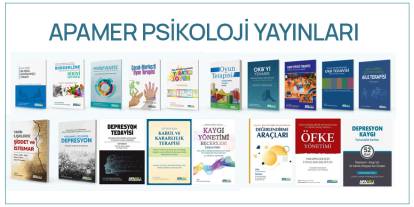
By Taryn Plumb / Globe Correspondent
The entire day, she was on edge. It was the first day of first grade for her 7-year-old son, Liam, and worries were a whirlpool in Brenda Gleason's head.
Would he get lost? Would he be nervous? Would the other kids like him?
"It's just overall anxiety about him being safe," said Gleason, of Ayer.
Like his mother, Liam experiences anxiety - in his case, at school. Gleason said his tendency toward nervousness ratchets up her own worries. "I can't always be there with him," she said. "I can't hover; I can't call the school 20 times."
Anxiety crosses all boundaries - age, race, gender - and can often prove isolating. But if detected early, experts say, children and adolescents can learn to dispel irrational fears and develop lifelong coping mechanisms.
"There's hope," said Donna Pincus, director of the Child and Adolescent Fear and Anxiety Treatment Program at Boston University, who will lead an upcoming discussion in Ayer about childhood anxiety sponsored by the Nashoba Valley Medical Center and the Ayer Education Foundation. "Teachers and parents are in the front lines. They're key in identifying issues."
According to the Anxiety Disorders Association of America, anxiety is one of the most common mental illnesses in the country, affecting 40 million adults, or roughly 18 percent of the population. Anxiety disorders are also one of the most prevalent forms of childhood psychological disorders: As many as one in five children suffer from some form of anxiety.
"Anxiety is a problem we encounter a lot," said Jayne Garrett, a licensed psychologist and guidance counselor at Page Hilltop Elementary School in Ayer.
The most common disorders include separation anxiety, or what Pincus referred to as "the Velcro kids"; generalized anxiety disorder, which causes children and teens to worry excessively about any manner of issues; panic disorder, which involves panic attacks and could lead to seclusion and fear of public places or the outdoors; social phobia, in which kids avoid social situations and have intense fears of negative evaluation; and obsessive-compulsive disorder, which results in unusual rituals or repetitive behaviors.
Similarly, children, like adults, can suffer from specific phobias, of such things as thunderstorms, dogs, elevators - or even something as unassuming as seaweed.
With all of these disorders, there are red flags, according to Pincus. Most notably: rituals, excessive worry or stress about perfection, withdrawal, avoidance, difficulty socializing or an unwillingness to speak in class or with peers. Also, refusing to go to school - although common among youngsters - could be an underlying symptom of severe anxiety, she said.
"The key word is interference," said Pincus, whose expertise has landed her on "Good Morning America" and "The Today Show." If anxieties are affecting a child's activities, social or otherwise, help is needed. "If it's causing the child or the family distress, it's probably time to seek treatment."
Of course, parents, due to their own anxieties, sometimes inflate issues, Garrett said - although she stressed that it never hurts to bring concerns forward. Guidance counselors can help parents sort out whether what they're seeing is truly something serious.
"One of the most common concerns parents have about their child is that they seem anxious," said Garrett. "Parents often need to be reassured that some things are common."
If parents do have concerns, they shouldn't ignore them or wait, experts say - if there is an issue, that could make things worse. Disorders can snowball with time, and could lead to other mental health problems such as depression, Pincus said.
However, in the end, not all roads lead to medication, Pincus stressed: There are several holistic methods to overcome anxiety disorders.
One of the most important things to remember is: Don't avoid. Ultimately, parents should allow and encourage children to verbalize their emotions and fears, however difficult that may be. "Anxiety won't hurt you. It's a natural human emotion," explained Pincus. "All other emotions we accept, except for anxiety. We want to push it away."
Yet the fact of the matter is, "sometimes we're going to feel anxious," she said.
One way to cope is to establish a "bravery ladder." For instance, with dog phobias, parents could first take their children to dog-walking parks to observe and then gradually work up to petting. Through this type of process, it's important that children be praised and reinforced whenever they make improvements, however little they might seem, said Pincus.
With other treatments, the goal is to provide children with a "toolbox" to help them face their fears and identify the reality of anxious thoughts. With the latter, they will "play detective" to determine whether a catastrophe is actually imminent. In some instances, hard evidence can be gathered on the infrequency of such events - say, plane crashes or shark attacks.
"They could be afraid of something that is a very minute possibility," said Garrett. "It helps them think it through more logically."
In nearly all cases, she said, schools will be sensitive and accommodating. In Ayer, for example, students with anxiety disorders are put on individualized plans. That could mean being allowed to have a "fidget toy" in class, taking extra breaks, or not being subjected to timing of certain tasks, such as tests, Garrett said. Students also work with guidance counselors and get regular "check-ins."
Five students at the elementary school are currently on structured plans; many more have informal ones, Garrett said.
All students at Ayer schools, similarly, are instructed in health classes on how to use breathing techniques for remaining calm in stressful situations, employing positive self-talk, ("I can calm down!"), and releasing pent-up tension through exercise.
Meanwhile, other coping mechanisms include relaxation CDs and self-help books for both parents and kids, Pincus said. The latter could possibly open up communication and encourage both sides that they're not alone - and also reinforce to parents that they aren't to blame. Similarly, parents can minimize stress by setting sensible schedules and reining in their own anxieties, Garrett said.
Gleason is learning to do just that. "Trust your judgment when it comes to your child, go with your heart," she said, as if reminding herself. "You can help them to have a better life."
Pincus's discussion, which is free, will be held at 6:30 p.m. on Wednesday at the Ayer High School Auditorium. For more information, visit www.childanxiety.net or www.bu.edu/anxiety.


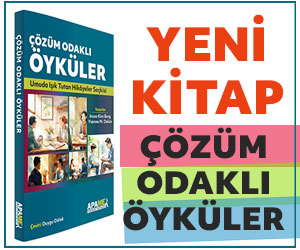


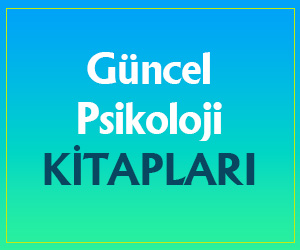

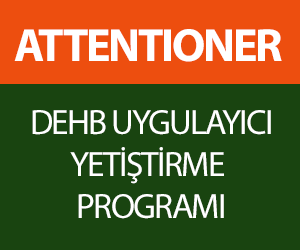
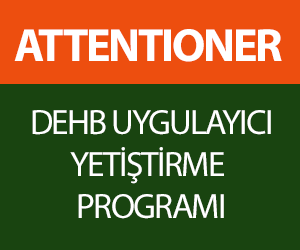
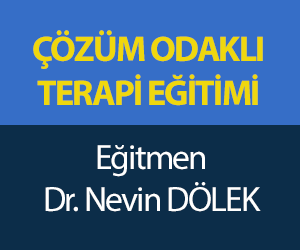
Türkçe karakter kullanılmayan ve büyük harflerle yazılmış yorumlar onaylanmamaktadır.